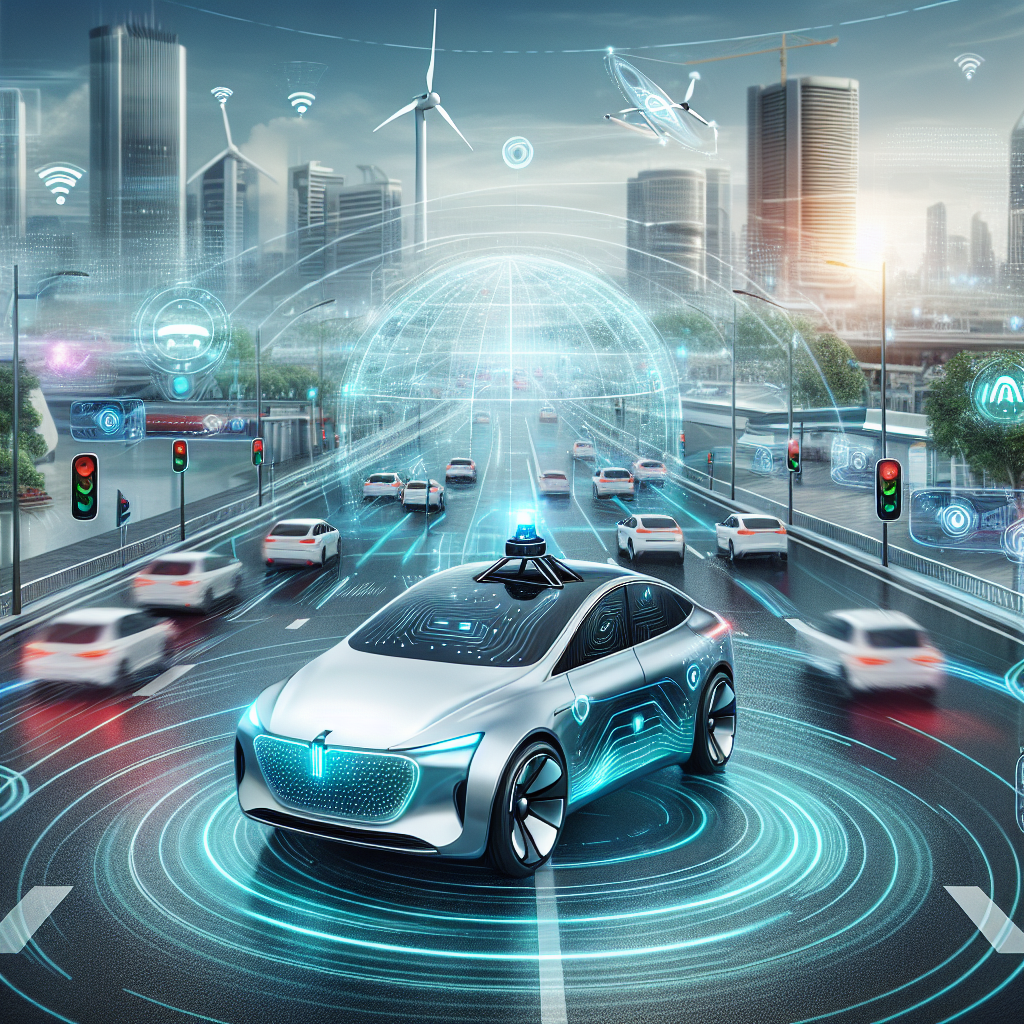Introduction
The autonomous vehicle (AV) industry is a rapidly evolving sector that promises to revolutionize transportation. From Tesla’s self-driving cars to Google’s Waymo, the idea of vehicles driving themselves is no longer science fiction but a burgeoning reality. This article delves into the current state of the industry, including technological advancements, market leaders, safety considerations, regulatory challenges, and future trends.
Technological Advancements
The crux of autonomous vehicle technology revolves around artificial intelligence (AI) and machine learning. Sensors, cameras, and LiDAR systems work collaboratively to gather data in real time, allowing the vehicle to make decisions instantaneously.
Sensors
Sensors are the eyes and ears of autonomous vehicles. They include radar, LiDAR (Light Detection and Ranging), ultrasonic sensors, and cameras that provide a 360-degree view of the car’s surroundings.
AI and Machine Learning
Artificial Intelligence and Machine Learning algorithms interpret sensor data to make driving decisions. These systems are trained using vast amounts of driving data to recognize objects, understand traffic signals, and respond to various driving scenarios.
Market Leaders
Several companies are at the forefront of autonomous vehicle technology.
Tesla
Tesla’s Autopilot and Full Self-Driving (FSD) capabilities are among the most advanced in the market. Their proprietary AI system learns from the driving habits of Tesla owners, continually improving its performance.
Waymo
Waymo, a subsidiary of Alphabet Inc., has been a pioneer in the autonomous vehicle space. They have launched a fully autonomous ride-hailing service in Phoenix, Arizona.
General Motors (Cruise)
GM’s Cruise is focusing on creating a fully autonomous, electric vehicle. They are currently conducting extensive testing and aim to launch commercial services in the near future.
Safety Considerations
Safety is a significant concern in the adoption of autonomous vehicles. While AV technology aims to reduce human error, which causes most traffic accidents, there are still challenges to ensure 100% reliability.
Reliability of Sensor Data
Sensors can occasionally fail or provide faulty data. Ensuring the reliability of these sensors is crucial for the safety of AVs.
Ethical and Moral Dilemmas
AI systems may face scenarios where they must make ethical decisions, such as choosing the lesser of two evils in an unavoidable accident. These moral dilemmas pose significant challenges for developers.
Regulatory Challenges
The regulatory landscape for autonomous vehicles is still evolving. Different countries and states have varying levels of legislation, making it challenging for companies to scale their operations globally.
Varying Regulations
In the United States, for example, each state has its regulations regarding autonomous vehicles. Meanwhile, the European Union is working on a unified legal framework for AVs.
Liability and Insurance
Determining who is liable in the event of an accident involving an autonomous vehicle is complex. This uncertainty is a significant barrier to widespread adoption.
Future Trends
The future of the autonomous vehicle industry looks promising but faces several hurdles.
Increased Investment
Investment in AV technology is expected to rise, driven by the potential for huge returns and advancements in technology.
Public Acceptance
Public perception of autonomous vehicles will play a critical role in their adoption. Education and positive experiences will be crucial in gaining public trust.
Conclusion
The state of the autonomous vehicle industry is one of rapid growth and significant potential. While technological advancements are promising, several challenges must be addressed before autonomous vehicles become mainstream. Safety, regulatory frameworks, and public acceptance are key areas that will shape the future of this exciting industry.
